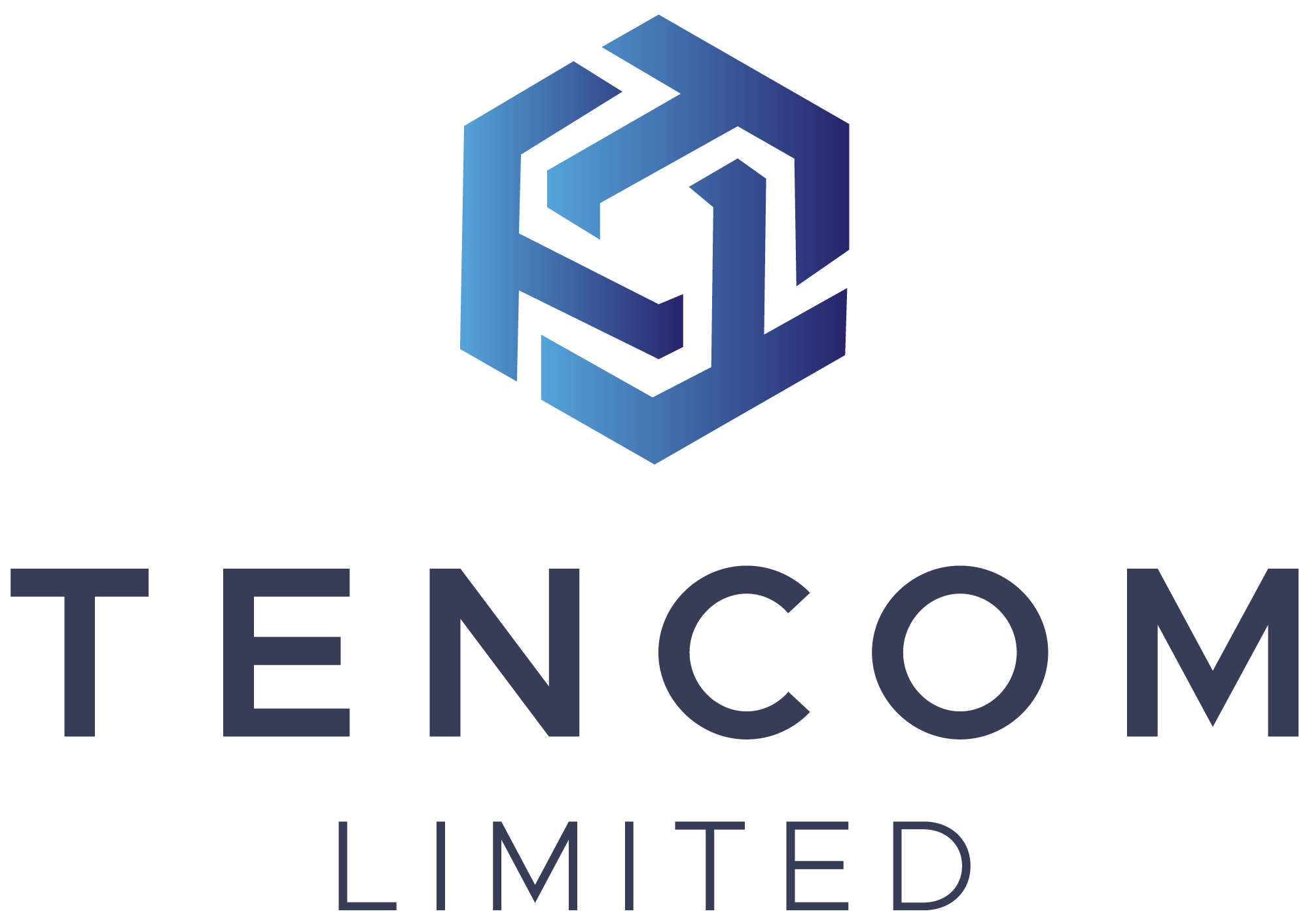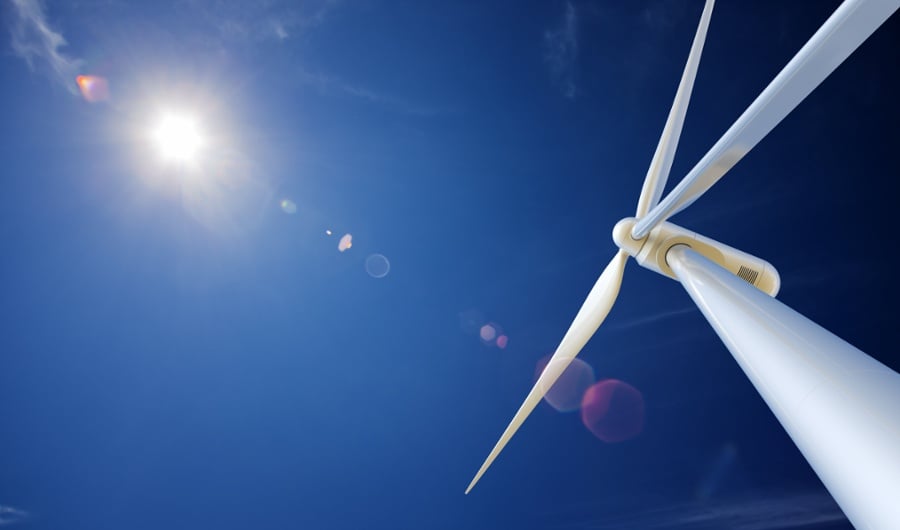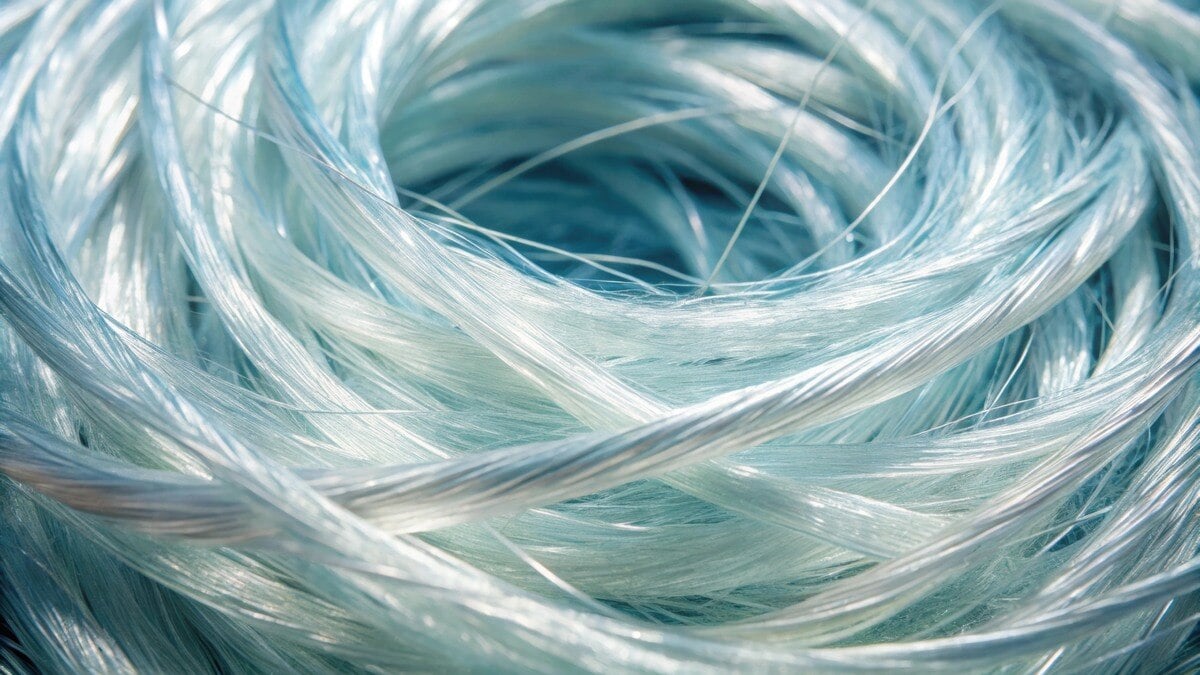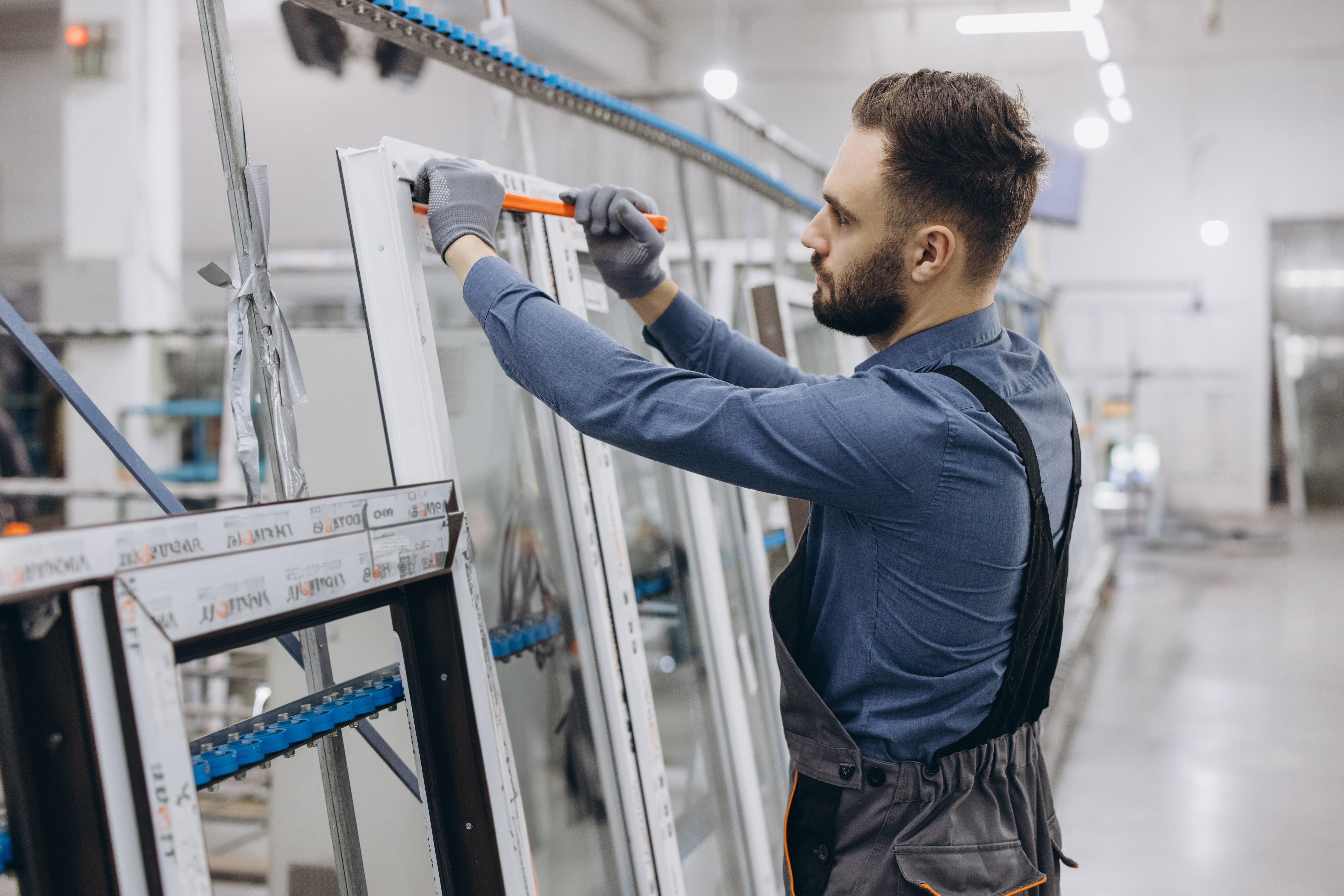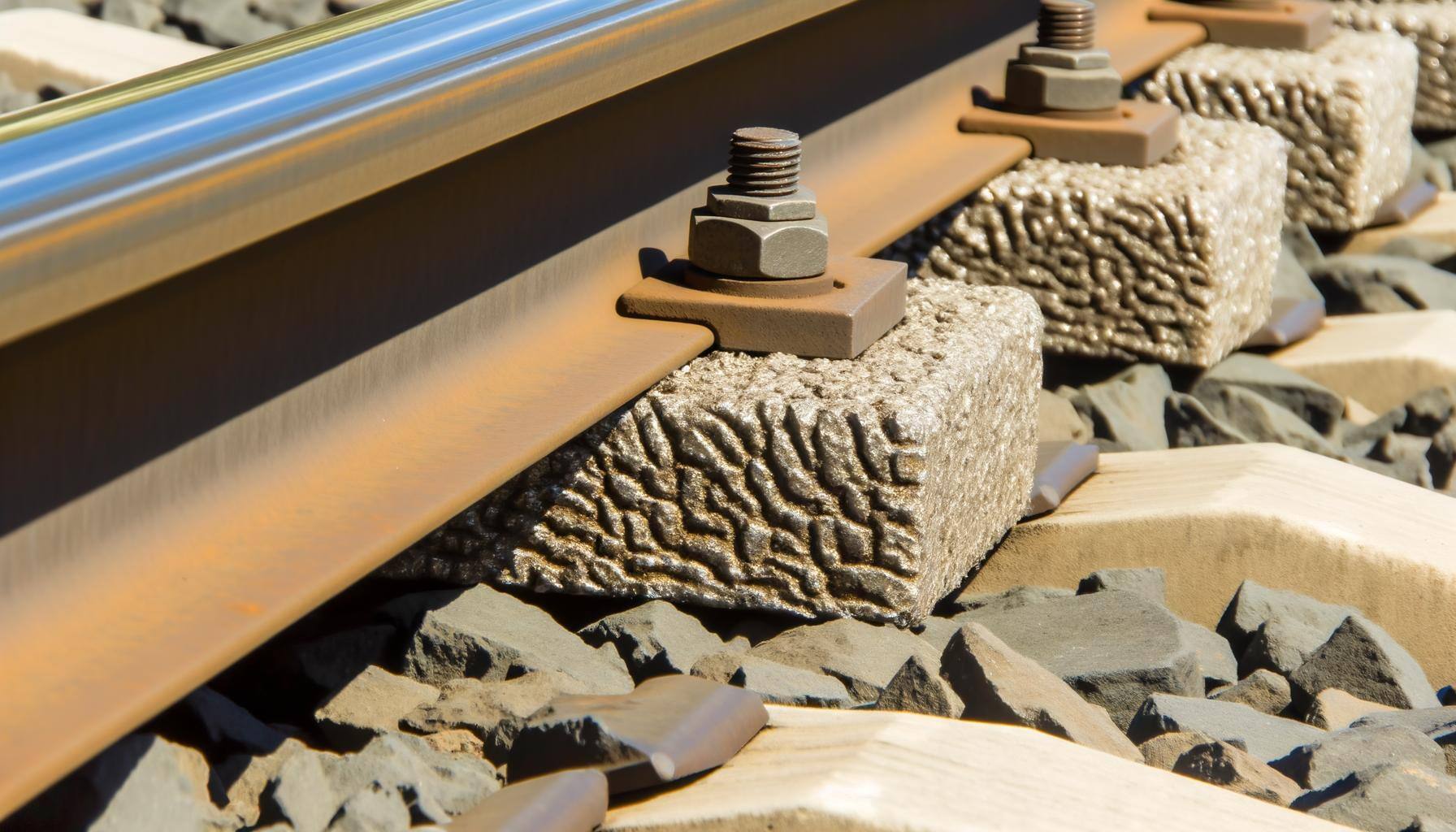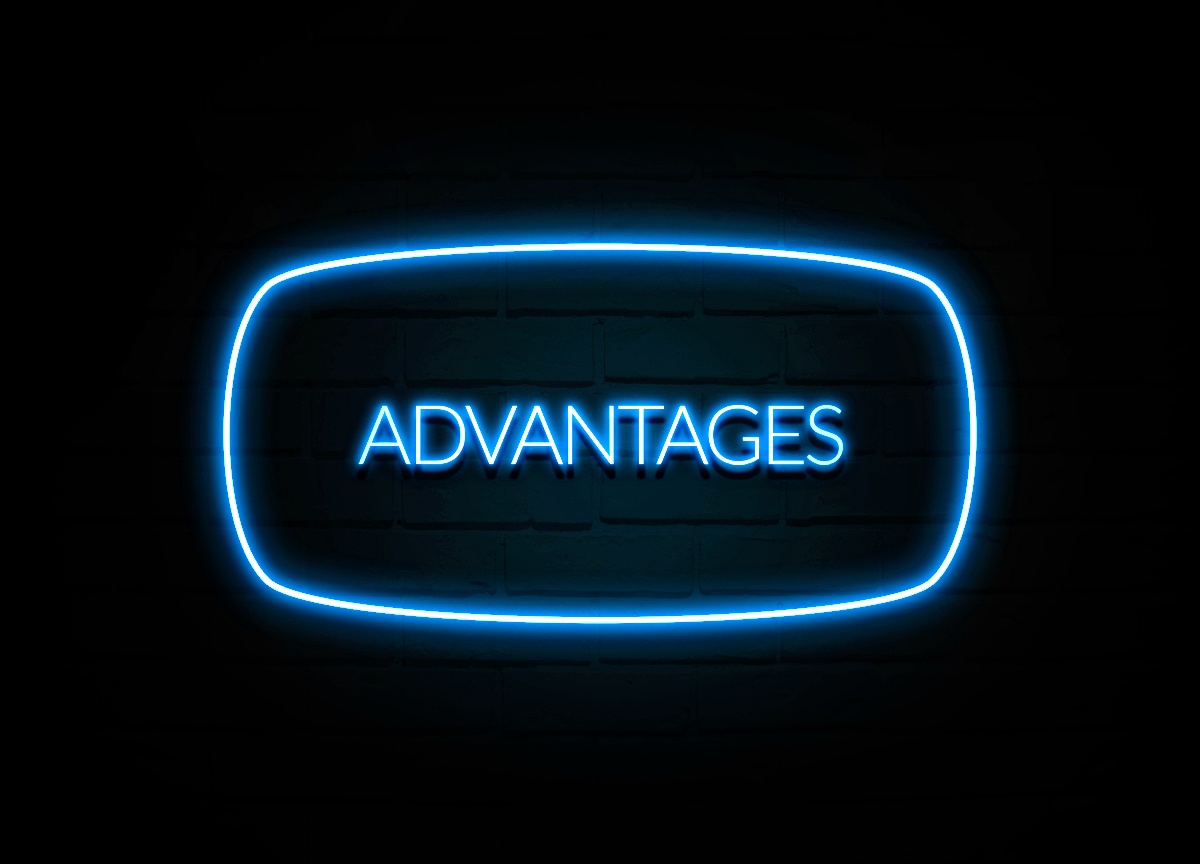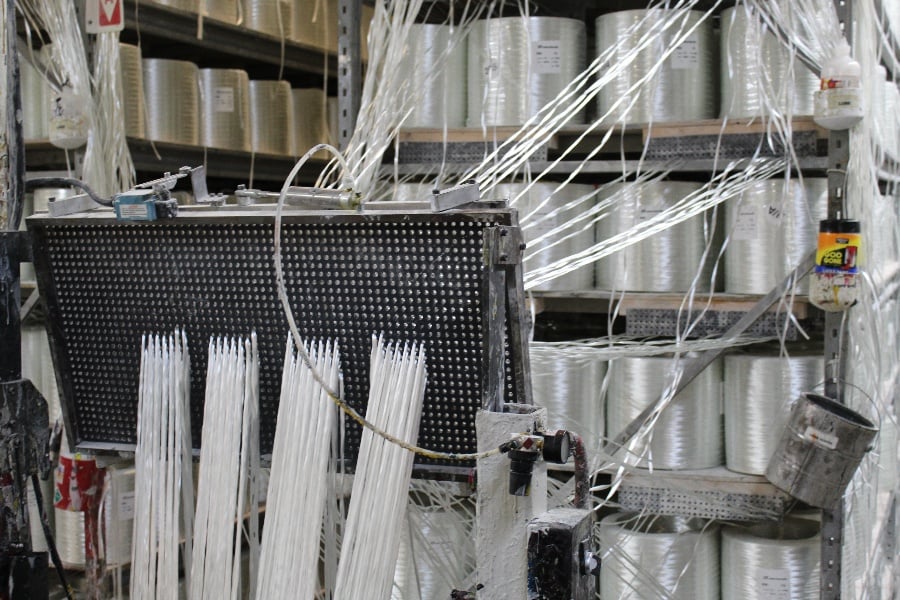
Pultruded fiberglass is a versatile, durable, and lightweight composite material ideal for applications in construction, infrastructure, marine, and industrial settings. Its ability to be customized for specific performance needs makes it a go-to choice for engineers and architects. However, specifying pultruded fiberglass correctly is critical to ensuring your project meets performance, safety, and budget requirements.
This guide outlines the key steps and considerations for specifying pultruded fiberglass, helping you achieve optimal results.
Why Specify Pultruded Fiberglass?
Pultruded fiberglass, created through a continuous process that combines fiberglass reinforcements with resin, offers unique advantages over traditional materials like steel or wood. It’s corrosion-resistant, non-conductive, and low-maintenance, making it suitable for harsh environments. To learn more about the process, check out Tencom’s overview of pultrusion. Specifying the right pultruded product ensures your project leverages these benefits effectively.
Steps to Specify Pultruded Fiberglass
1. Define Project Requirements
Start by identifying the functional and environmental demands of your project:
-
Load-Bearing Needs: Determine the structural requirements, such as tensile strength, flexural strength, or shear capacity. For example, a bridge deck may need high load-bearing capacity, while a railing may prioritize lightweight design.
-
Environmental Conditions: Specify exposure to elements like saltwater, chemicals, UV radiation, or extreme temperatures. Pultruded fiberglass excels in corrosive environments, as highlighted in Tencom’s custom pultrusion solutions.
-
Safety Standards: Identify relevant industry standards, such as ASTM D638 for tensile strength or ASTM E84 for fire resistance, to ensure compliance.
Clearly defining these requirements helps narrow down the material specifications needed.
2. Select the Right Profile and Dimensions
Pultruded fiberglass can be produced in a variety of shapes, including I-beams, channels, tubes, rods, or custom profiles. Consider:
-
Standard vs. Custom Profiles: Standard profiles like square tubes or angles are cost-effective for common applications, while custom profiles are ideal for unique designs.
-
Dimensions: Specify the exact dimensions (e.g., width, thickness, length) to match your project’s structural or aesthetic needs.
-
Tolerances: Ensure the manufacturer can meet tight tolerances for precision fit, especially in modular assemblies.
Working with a manufacturer like Tencom, which offers quality-driven pultrusion manufacturing, ensures your profiles are tailored to exact specifications.
3. Choose the Appropriate Resin System
The resin matrix in pultruded fiberglass determines its environmental and performance characteristics. Many specialized options exist, but some of the more common options include:
-
Polyester: Cost-effective and suitable for general-purpose applications with moderate chemical or UV exposure.
-
Vinyl Ester: Offers superior corrosion resistance for harsh environments like chemical plants or marine settings.
-
Epoxy: Provides enhanced strength and thermal stability for specialized applications, such as aerospace components.
- Polyurethane: Can provide the maximum strengths and with specialized materials afford the maximum in outdoor exposure.
Additionally, specify additives like UV inhibitors for outdoor use or fire-retardant additives for safety compliance. Discuss resin options with your manufacturer to align with project needs.
4. Specify Fiber Reinforcements
The type and arrangement of fiberglass reinforcements affect the strength and stiffness of the final product. Options include:
-
Continuous Rovings: Provide longitudinal strength, ideal for beams or poles.
-
Mats or Fabrics: Add multi-directional strength for profiles like grating or panels.
-
Hybrid Fibers: Combine fiberglass with carbon or aramid fibers for enhanced performance in high-stress applications.
Specify the fiber content (e.g., percentage of fiberglass by weight) to balance strength, weight, and cost.
5. Address Surface and Aesthetic Requirements
Pultruded fiberglass can be customized for functional or visual purposes:
-
Surface Finish: Choose smooth finishes for aesthetic applications or textured surfaces for slip resistance in walkways or platforms.
-
Color: Pigments can be added to the resin for branding or to match project aesthetics, though UV-resistant coatings may be needed for long-term color stability.
-
Coatings or Additives: Specify anti-slip coatings, UV inhibitors, or fire-retardant treatments to meet safety or durability requirements.
These options ensure the product meets both practical and design goals.
6. Verify Compliance with Standards
Ensure the pultruded fiberglass meets relevant industry standards to guarantee performance and regulatory approval:
-
Mechanical Standards: ASTM D790 for flexural strength or ASTM D2344 for shear strength.
-
Fire Safety: ASTM E84 or UL 94 for flame spread and flammability.
-
Electrical Properties: ASTM D149 for dielectric strength in non-conductive applications.
- Combination of Properties: NEMA GPO-3 and others for specific product usage.
Request test data or certifications from the manufacturer to confirm compliance.
7. Collaborate with the Manufacturer
Partner with an experienced pultrusion manufacturer to refine your specifications. Provide detailed drawings, performance requirements, and environmental conditions. A reputable manufacturer will:
-
Offer design support to optimize profiles for cost and performance.
-
Conduct testing to verify mechanical, fire, or electrical properties.
-
Provide samples or prototypes to validate the design before full production.
Tencom’s expertise in custom pultrusion ensures your specifications are met with precision and quality.
Checklist for Specifying Pultruded Fiberglass
To streamline the process, use this checklist:
-
[ ] Define load-bearing and environmental requirements.
-
[ ] Select standard or custom profile shape and dimensions.
-
[ ] Choose resin system results wanted (e.g., polyester, vinyl ester) and additives.
-
[ ] Specify fiber type and content if known for strength needs.
-
[ ] Detail surface finish, color, or coatings.
-
[ ] Confirm compliance with relevant ASTM, UL, or ISO standards.
-
[ ] Provide detailed drawings and collaborate with the manufacturer.
Why Proper Specification Matters
Accurately specifying pultruded fiberglass ensures:
-
Performance: The material meets structural and environmental demands, reducing the risk of failure.
-
Cost Efficiency: Precise specifications prevent over-engineering or costly redesigns.
-
Safety: Compliance with standards minimizes hazards for workers and end-users.
-
Project Success: Tailored products align with design goals, ensuring timely completion and regulatory approval.
Get Started with Pultruded Fiberglass
Specifying pultruded fiberglass requires careful planning, but the result is a high-performance material tailored to your project’s needs. By defining requirements, selecting the right profile and materials, and partnering with a trusted manufacturer, you can leverage the full benefits of pultruded fiberglass.
At Tencom, we specialize in delivering pultruded fiberglass solutions that meet your exact specifications. Contact us today to discuss how we can support your next project with durable, reliable products.
